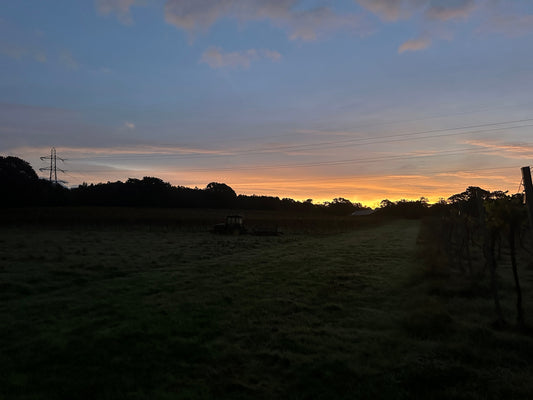The reproductive system of deer is a meticulously orchestrated system pivotal for the continuation of the species across generations.
Reproductive Anatomy and Breeding Cycle:
In male deer (stags or bucks), the reproductive anatomy encompasses the testes, which are instrumental in sperm and various hormone productions, alongside a penis, which is vital for copulation. The testes are encased in a scrotum which aids in maintaining an optimal temperature for sperm production.
Female deer (does or hinds) are equipped with a pair of ovaries, responsible for egg (ova) and several essential hormone productions. The uterus, the nurturing ground for fawns, and the vagina, a part of the birth canal, are other crucial components of the female reproductive anatomy.
The breeding season, or rut, is ignited by photoperiodic changes that influence hormonal secretions, primarily melatonin. These hormonal alterations instigate estrus in females and rutting behaviour in males. During the rut, males vie for mating rights, and successful males mate with multiple females. Post-mating, the gestation period endures around 200-230 days, culminating in the birth of one or two fawns typically.
Common Issues:
Reproductive Diseases:
Reproductive diseases can significantly impede the health and reproductive success of deer. Common reproductive ailments include brucellosis and leptospirosis. These infections can trigger abortions, stillbirths, or weakened fawns and are primarily contracted through contact with infected animals or contaminated environments.
Birthing Difficulties (Dystocia):
Dystocia, or birthing difficulties, can emerge due to various factors such as malpositioning of the fawn, inadequate pelvic dimensions in the female, or oversized fawns. Dystocia can be life-threatening for both the doe and the fawn, necessitating intervention which may encompass manual assistance or, in extreme cases, surgical intervention.
Understanding the reproductive anatomy and cycle, coupled with the common reproductive issues, is vital for individuals and entities engaged in deer management, conservation, or farming. Addressing reproductive challenges, and promoting reproductive health, not only augments population sustainability but also contributes to the overall well-being and longevity of deer. This comprehension is instrumental in formulating informed and ethical management practices, fostering a conducive environment for the thriving and propagation of deer populations.




